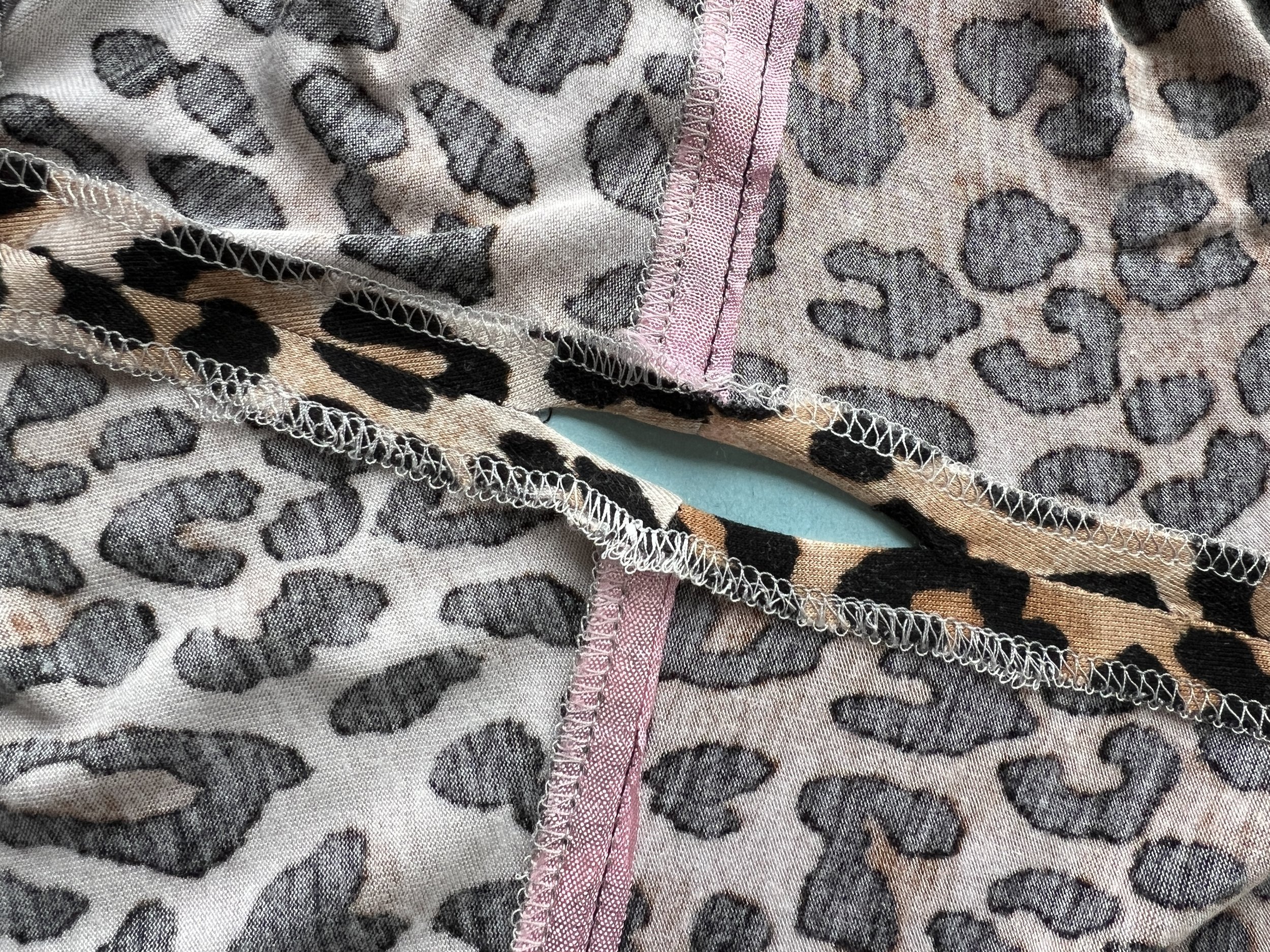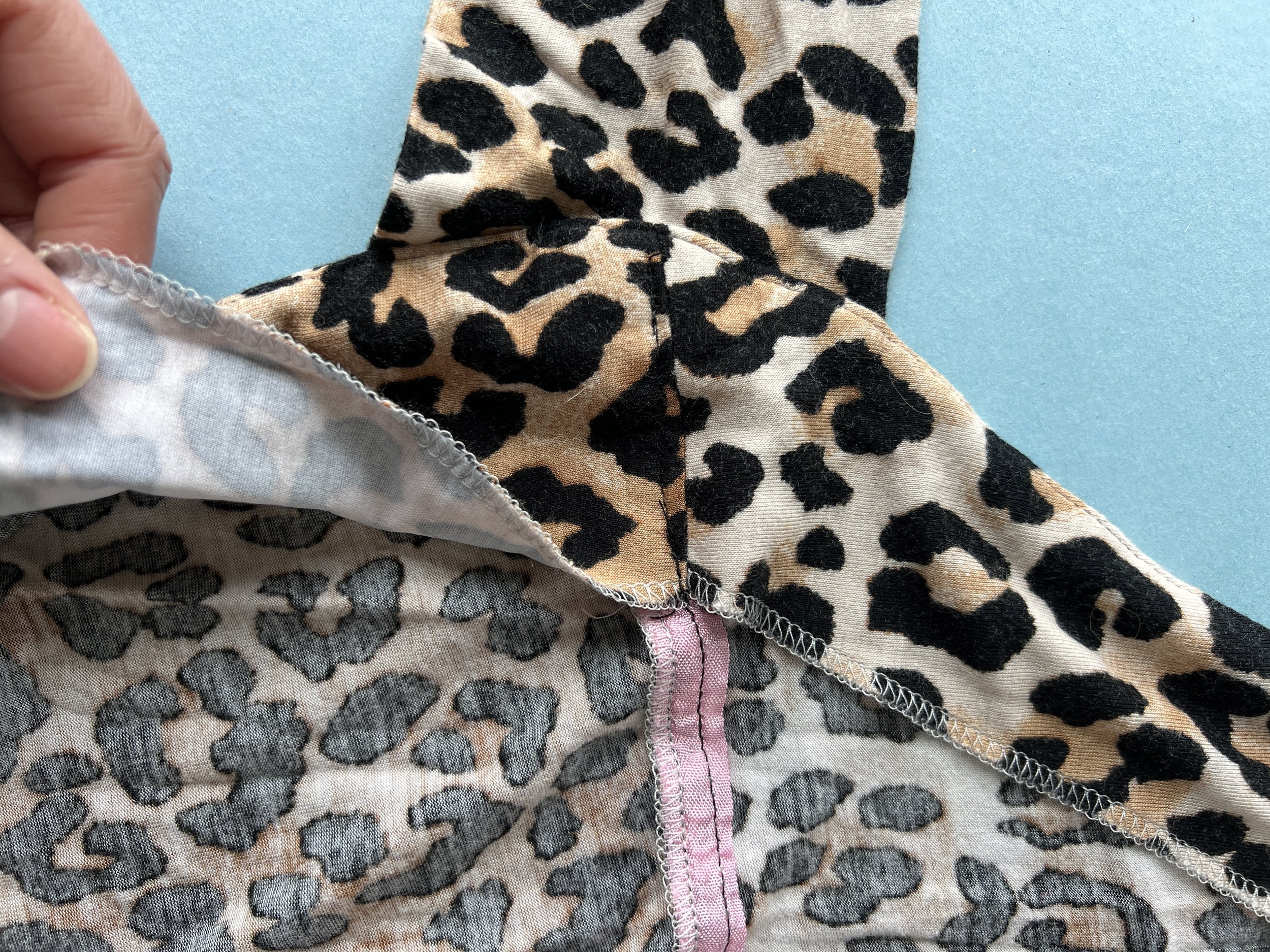DVF WRAP DRESS RE-ISSUE - VERY EASY VOGUE V2000 REVIEW
The newly re-issued Diane Von Furstenberg wrap dress sewing pattern: Very Easy Vogue V2000.
To celebrate the 50 year anniversary of Diane Von Furstenberg’s iconic wrap dress, Simplicity Patterns released the sewing pattern from their archives. This Very Easy Vogue has swept the home sewing world off our collective feet! Leading up to the wide release of this pattern, I was asked by Simplicity if I would like an advance copy of the pattern, to be used for promotional purposes. Of course, I said yes!
DVF was the first place I worked in New York City. Fresh out of design school (where I majored in Textiles), I landed myself an internship at her West Village design studio, in the print design department. Eventually, I was hired on as a freelancer, and worked there 9-5 while seeking a full time (non-freelance) gig. I have many stories from those days, but I’ll save them for another time.
I will say, I collected many wrap dresses while working there. The production department was generous with weird or mutilated samples (for example, two different sleeves on the same dress, or, a slash in the back of the skirt), and I would happily snap them up. I knew I could fix them up with my sewing machine. They also had big sample sales. If I worked a day at the sale, I was allowed to fill a large paper shopping bag with dresses as payment. I took a lot of shifts!
I do not have the original 1970s version of this pattern, but I still have my dresses, and I can compare them to the pattern, which I plan on doing. I’ll photograph some ready-to-wear DVF dresses and do a side by side comparison. But first, let’s take a look at this pattern “out of the envelope”.
This pattern simultaneously looks modern and vintage - timeless!
PATTERN DESCRIPTION & SIZING:
Per the envelope: "The iconic Vintage Vogue Patterns 1970's Front Wrap Dress by Diane von Furstenberg has been released from the pattern archives for the first time in honor of its 50th anniversary. Wear it your way by customizing the fabric, length, collar, cuffs, and where you tie it."
This is a re-issue of the 1970s version of this pattern, which was released as one size per envelope. The reissue has the current standard two size ranges: (6-8-10-12-14)(16-18-20-22-24)
I use size 12 in both vintage and current Big 4 patterns (I find them to be pretty comparable), and that is the size I used here.
A peek under the collar facing, where I clipped and trimmed the seam allowances more than indicated in the pattern instructions.
INSTRUCTIONS:
I believe the instructions are a replica of the original ones. I sew a lot of 70s patterns, and I found the instructions to be typical.
As is usual in both vintage and current Big 4 patterns, seam finishing is not really mentioned, so I added serged edges where I saw fit. I also added a bit more under stitching than was mentioned, and I deviated from the pattern where interfacing is involved, as I think there are better ways to handle that.
The Snug Hug seam binding I used to stabilize the waistline of the dress. This is as per pattern, plus my addition of serging. It works great, the waistline does not stretch.
MATERIALS USED:
Rayon/Lycra leopard print jersey from Mood
Very light weight, fusible interfacing from SIL Threads
Snug Hug rayon seam binding
Excellent fit through the bust, with a secure crossover at center front.
FLAT PATTERN TISSUE ADJUSTMENTS:
These are my typical adjustments that I make to every pattern before beginning to sew:
Lowered bust dart 1"
Lengthened bodice 1" above apex, done at same time as lowering dart
Graded to size 14 at hip
Shortened the shorter length by 5” to fit within my fabric. I prefer this length. I am 5’8” tall.
Next time, I will only lengthen the bodice 1/2”, because the weight and stretch of jersey fabric pulls the dress down enough for me to be comfortable with that amount of additional length.
After sewing this up, I made the following adjustment:
Took in sleeve below elbow - from nothing at elbow to about 1/2" on the flat at the wrist (removing 1" total circumference at wrist).
Adjusted cuff to be the same size as adjusted wrist opening
Eliminated sleeve facing, seemed unnecessary. Instead, I attached the cuff, serged all seam allowances together, pressed seam allowance up, and top stitched into place.
I serged my seam allowances. Seam finishing is not really mentioned in the instructions, which is typical of Big 4 patterns, both vintage and today.
I interfaced my facings, but not the shell of the dress as indicated in the instructions.
WHERE I DEVIATED FROM THE INSTRUCTIONS:
The instructions are dated, but also weird. I sew a lot of 1970s patterns, and tend to modernize my techniques where needed, but this pattern had some instructions that don’t make sense, regardless of era.
My seam allowances are all finished on the serger.
Eliminated sleeve facings, as noted above.
Next time, I will assemble all facings, then serge the continuous edge for a clean finish, as opposed to finishing each piece, and then assembling them.
I added interfacing to both sides of cuffs and collar.
I interfaced my facings, NOT the main dress pieces. This instruction is pretty WTF, I suggest doing what you know to be correct, not what the pattern says here.
Understitched all facings!
You only need a hole for the belt on the wearer’s right side. You do not need an opening on the left side.
I did not do any hand sewing.
This dress is extremely comfortable! Next time I will opt for a jersey with less stretch, as I believe that is what it is drafted for.
CONCLUSION:
This is a wonderful pattern! I highly suggest adding it to your stash. If you pay the full sticker price, you’re still getting a bargain compared to what the ready-to-wear dresses retail for!
I have two cuts of silk jersey in my stash, and they are both destined to become versions of this pattern. By changing the length, sleeves, collar and cuffs, there are many versions you can create! Let me know if you sew it! XO, Martha
The dress in motion.









